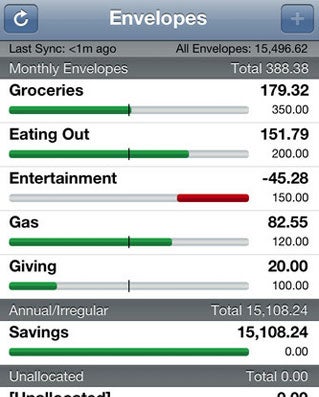
Create an annual budget or spending plan for a twelve-month
period to show your total income and total expenses. An annual budget helps you
adequately manage your finances and project your future cash flow. An annual
budget should include expenses, bills, savings goals and debt.
An annual budget identifies projected expenses, projected
income, and areas overspending occurs. An annual budget gives an exact view of
what you can afford, areas where you lack funds, and areas where you are
overspending. An annual budget also gives an exact picture of money spent on
wants and needs such as Starbucks coffees, entertainment, eating out or
shopping.
Compare your total income to your total expenses. If there
is no money left over this is a red flag you are overspending and need to
improve your spending habits. Review your annual budget at least quarterly and
make any necessary adjustments. Here are 10 tips to create an annual budget.
- Create creating a monthly budget first and track money for one year. Then use the data from the monthly budget to create an annual budget. Create an annual budget by subtracting total yearly income after taxes and total yearly expenses.
- Include fixed and variable expenses in your annual budget. If the total annual amount leftover is, negative or less than 5% of your total yearly income that is a red flag that you need to make some major adjustments to your budget.
- Determine if there are some areas where you are overspending. Buy more needs vs. wants and consider buying used versus new items.
- Create a balanced annual budget: 35% housing, 15% debt (excluding mortgage), 15% transportation, 25% other expenses and 10% savings.
- Develop at least five financial goals. Create short-term (0-4 years) and long-term (4 or more years) financial goals.
- Create your annual budget using pen and paper, Word, an Excel spreadsheet or a software tool such as Quicken, Microsoft Money Plus Sunset or Pageonce.
- Include savings goals in your annual budget.
- Find ways to reduce expenses. Reduce spending by 30% - 50%. Start small by taking your lunch to work, skipping Starbucks and bringing your coffee from home, use coupons or buy items on sale to save money.
- Create an emergency savings fund to cover monthly expenses for 9-12 months.
- Include some wiggle room in your annual budget to accommodate for unexpected expenses.
No comments:
Post a Comment